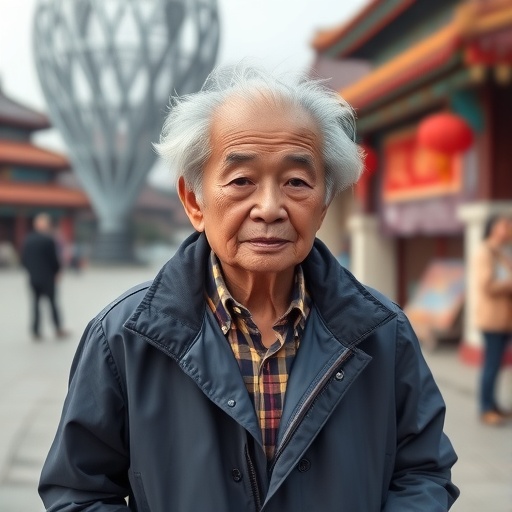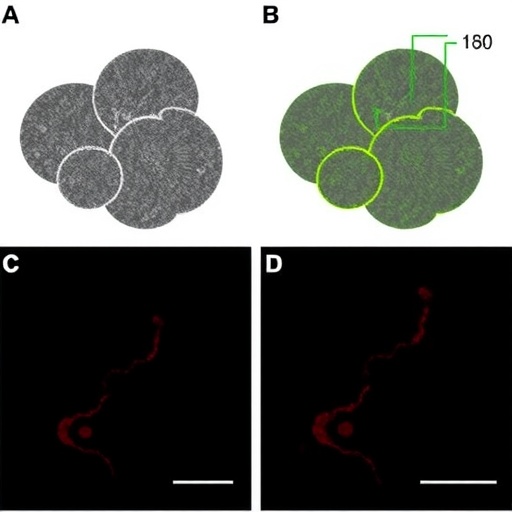As China stands on the precipice of an unprecedented demographic transformation, the societal implications of this shift are becoming increasingly profound. Over the past forty years, China’s rapid economic development has been nothing short of extraordinary, lifting hundreds of millions out of poverty and positioning the country as a global economic powerhouse. However, this economic success story is now intersecting with one of the most significant demographic challenges the world has ever witnessed. In 2020, nearly one in five Chinese citizens were aged 60 or older, with those over 80 constituting 2.5% of the population. By mid-century, these proportions are forecasted to nearly double, with 39% expected to be over 60, and 10% surpassing 80. This aging trend commands urgent attention as it carries deep ramifications across the fabric of Chinese society—affecting health systems, economic structures, familial roles, and social policies.
Unlike many Western countries that have faced population aging as a gradual phenomenon shaped by decades of demographic shifts, China’s aging wave is compressing into a far shorter timeframe. This rapidity exacerbates the strain on existing infrastructure and social services. The aging population surge demands not only an expansion of healthcare capacity but also innovations in service delivery that can accommodate the complex, chronic conditions prevalent among the elderly. Aging in China is accompanied by increased prevalence of non-communicable diseases such as cardiovascular ailments, diabetes, and neurodegenerative disorders, which require continuous and specialized care. The traditional family-based caregiving model, once a bedrock of elder support, is eroding under urbanization and changing family dynamics, pushing China to reconsider how it funds and administers eldercare.
Addressing these challenges necessitates a holistic approach that integrates breakthroughs in gerontological research with policy reforms and social innovation. Basic and translational research in China has made significant strides, especially in understanding the molecular and cellular underpinnings of aging and age-related diseases. These scientific advances offer potential pathways toward interventions that may extend healthspan—the period of life spent in good health. However, translating laboratory discoveries into viable clinical or community applications demands coordinated efforts that bridge researchers, clinicians, policymakers, and industry stakeholders. China’s increasing investment in biomedical research could offer pathways to novel therapeutics, yet equitable access remains a critical barrier.
Healthcare paradigms in China are also undergoing a paradigm shift, emphasizing prevention, chronic disease management, and integrated care rather than episodic treatment. The concept of “healthy longevity” is central to national health policies, reflecting a strategic desire not only to extend life but also to enhance quality of life for older adults. Social health insurance frameworks have been expanded to improve coverage, yet disparities persist—especially between urban and rural populations. Expansion of long-term care insurance is underway, aimed at addressing the expensive and resource-intensive nature of eldercare. However, the development of community-based and home-based care services remains inconsistent and regionally fragmented, underscoring the need for scalable, standardized models that can relieve pressure on hospital-centric systems.
Palliative care, which emphasizes comfort and dignity in life-limiting illnesses, emerges as a critical but often underdeveloped component of the eldercare ecosystem. Culturally sensitive integration of palliative services is essential—not only within hospitals but increasingly at home and community settings. This evolution will require both public education and healthcare provider training to shift societal attitudes toward end-of-life care, which traditionally leaned toward aggressive treatment rather than comfort-focused measures in Chinese culture.
From a socio-economic perspective, an aging China faces multifaceted pressures. The shrinking workforce due to population aging may hinder economic productivity, threatening the sustainability of the social welfare system. In parallel, the financial burden on families to support aged relatives is amplifying economic inequality. Urban migration patterns, smaller family sizes due to the legacy of the one-child policy, and increased female labor participation rates complicate traditional caregiving dynamics. Policies fostering workforce participation among older adults, flexible retirement ages, and community engagement programs are crucial to harness the potential contributions of the elderly rather than viewing them solely as dependents.
Politically, the Chinese government has responded proactively, integrating population aging into national development plans, and adopting policies that reflect the unique socio-cultural context. Innovations in digital health, including telemedicine and health monitoring via smart devices, are gaining ground in eldercare, facilitating remote management of chronic conditions and enabling social connectivity. The government is also promoting age-friendly infrastructure, enhancing public transportation access, and redesigning urban spaces to be more navigable for older adults.
Public health prevention is another pillar of China’s strategy, emphasizing lifestyle modifications, nutrition, and early detection to mitigate the onset of age-related ailments. Nutritional interventions tailored to the aging physiology and chronic disease risk profiles are being integrated into community health programs. This preventive orientation aims to reduce healthcare costs and improve individual autonomy, aligning with global trends toward sustainable health systems.
Critically, the synthesis of policies, science, and social initiatives reveals both strengths and gaps. While China’s centralized governance enables rapid policy implementation, regional disparities and resource allocation inequities present formidable challenges. The need for longitudinal data and robust metrics to evaluate intervention effectiveness remains pressing. Moreover, societal attitudes toward aging and eldercare are evolving but can still be fraught with stigma or neglect, underscoring the need for broad-based education campaigns.
To foster a more inclusive, resilient, and content aging society, multi-sector collaboration is indispensable. Encouraging community participation, leveraging technology, and developing caregiver support programs must be balanced with ensuring financial security and dignified healthcare. Strategic investments in gerontological research, coupled with adaptive policy frameworks, will be pivotal in navigating the demographic future. China’s experience offers invaluable lessons for other nations awaiting or experiencing similar demographic transitions.
Above all, the endeavor to adapt health, economic, and social policies to China’s aging population transcends technical challenges; it touches upon the core values and social contracts underpinning a modern society. The goal is not merely to extend life expectancy but to cultivate environments where older adults can thrive—physically, emotionally, and socially. This holistic vision demands innovation and empathy, blending scientific insight with cultural sensitivity.
As the world watches, China’s journey may well define a new paradigm of aging for the 21st century. By harnessing its scientific capabilities, economic resources, and social will, China has the opportunity to pioneer aging policies that integrate longevity with well-being, offering a blueprint for global aging societies. The coming decades will witness if this vision materializes into a sustainable, equitable reality for China’s vast and growing elder population.
Subject of Research:
Article Title:
Article References:
Fang, E.F., Fang, Y., Chen, G. et al. Adapting health, economic and social policies to address population aging in China. Nat Aging (2025). https://doi.org/10.1038/s43587-025-00999-8
Image Credits: AI Generated
DOI: 10.1038/s43587-025-00999-8
Keywords: Population aging, Healthy longevity, Social health insurance, Long-term care, Palliative care, Gerontological research, Public health prevention, China
Tags: China aging population challengesdemographic transformation in Chinaeconomic impact of aging populationfamily roles in aging societyhealthcare capacity expansion in Chinaimplications for China’s future workforceimplications of aging in societyinnovations in elderly care servicesrapid demographic changes in Chinasocial policy overhaul in Chinastrategies for addressing aging population issuessupport systems for elderly in China





